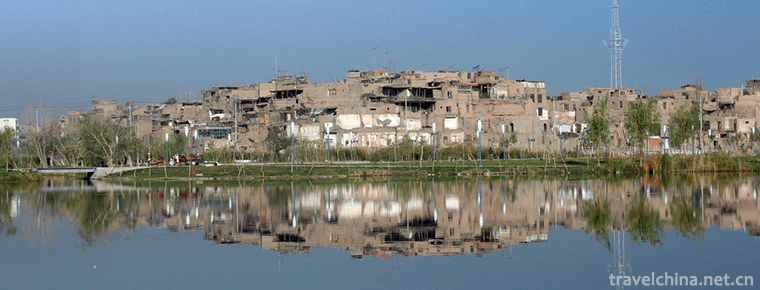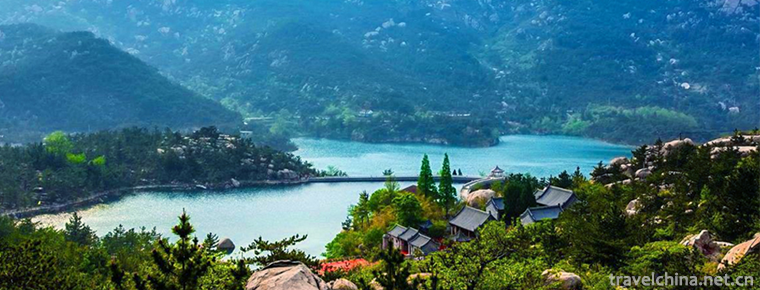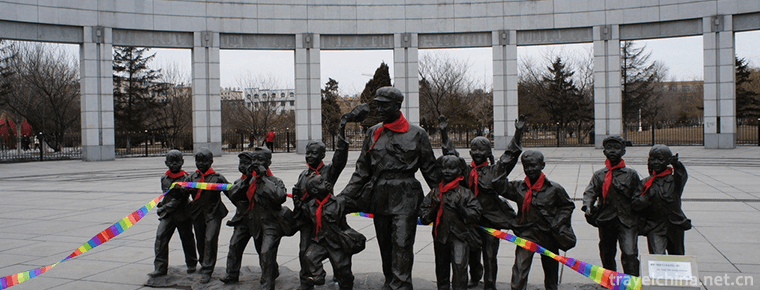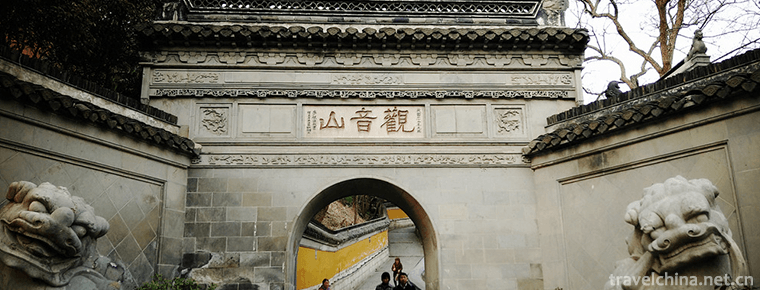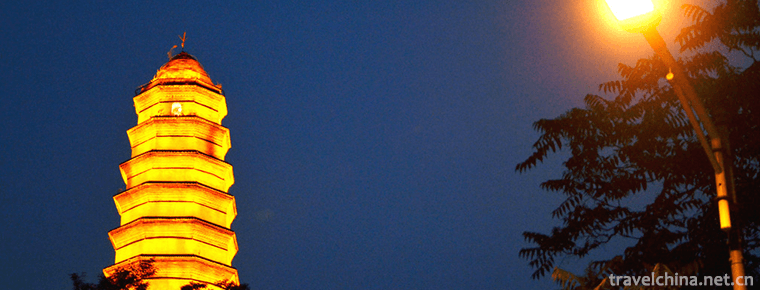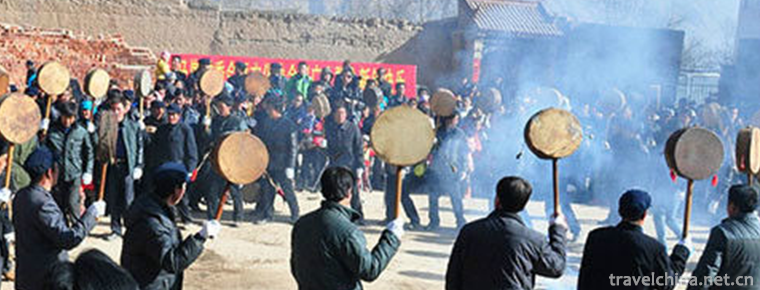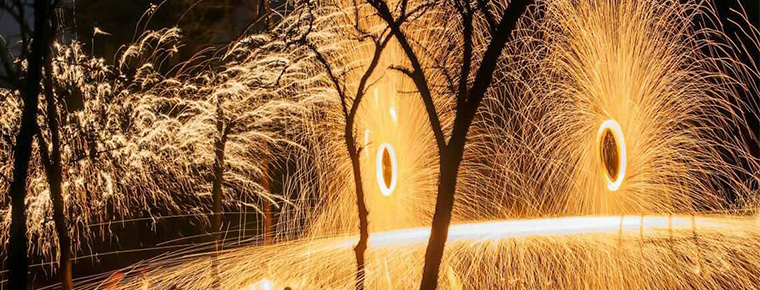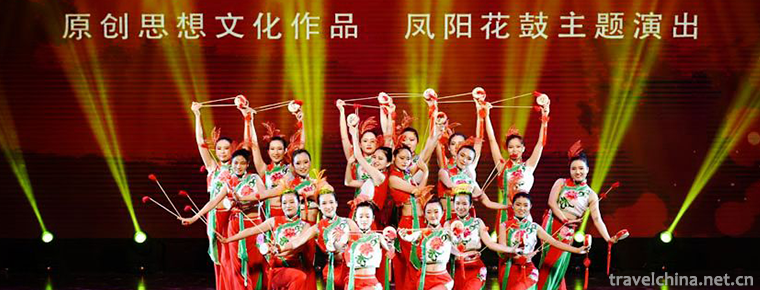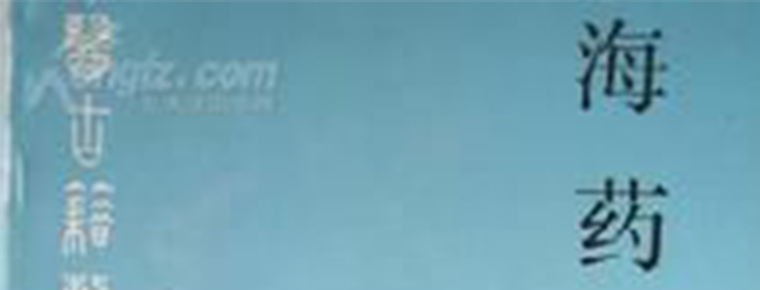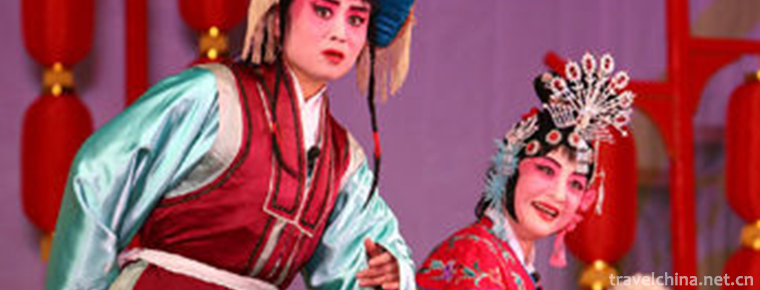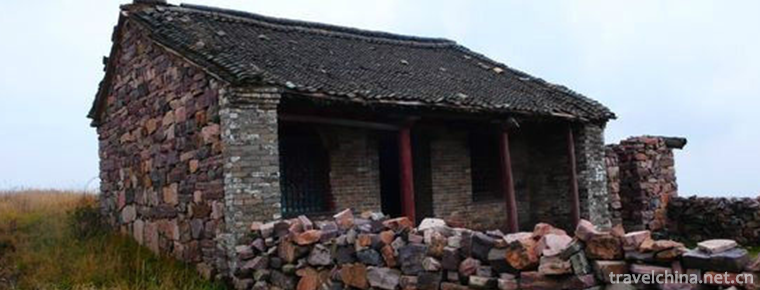Turn over to the nine floor
Turn over to the nine floor
The Ninth Floor, also known as the Ninth Floor, is a traditional folk activity popular in northeastern Fujian and southern Zhejiang. It is mostly used in rituals such as praying for rain, praying for blessings and disaster relief. The performance of turning over the ninth floor is simple, but the action is very dangerous. It was successfully selected into the national non-legacy list in 2008. With Xiaoshan becoming more and more famous for "turning over the ninth floor", the performing area has gradually expanded from Xiaoshan to Shaoxing, Zhuji and other surrounding cities.
In June 2008, Hangzhou and Dongyang City of Zhejiang Province declared that the ninth floor was turned over and listed in the second batch of national intangible cultural heritage list with the approval of the State Council.
historical origin
"Turn over the Ninth Floor ", also known as "hanging the Ninth Floor", was successfully selected into the national non-legacy list in 2008. The costume of the performance is simple, but the process is very dangerous. According to Xiaoshan local traditional folk custom, when people die, they need to "turn the ninth floor" to perform beyond the soul of death.
Talking about the origin of the ninth floor, it is derived from a long-standing traditional folklore. It was 226 years ago, when Qin Shihuang built the Great Wall, Meng Jiangnu went to the foot of the Great Wall to find her husband. When she learned that her husband had died in the process of construction, she burst into tears and set up a platform to shout for his grievance and surpass the soul of death, which caused the Great Wall to collapse. Since then, such a traditional folk custom has spread in the south of the Yangtze River. Its form of expression is to turn over the ninth floor, especially in the two towns of Puyang in front of Xiaoshan.
Folk activities
It's easy to perform on the ninth floor. Only four Chinese fir pillars, two folded tables and some fixed ropes are needed, while nine eight immortal tables can be borrowed from neighbors. When we got to the performance place, we began to set up a platform. We joined four wooden pillars into two 10-meter-long pillars. We found a flat place to fix them. Then we stacked nine eight immortal tables on top of them in turn and fixed them with ropes. On this basis, performers will also put two irregular small folded tables, table foot to table foot, as the "stage" of the performance. It's just that the "stage" is more than 10 meters high in the air. At the time of the performance, the loudspeaker suona blew up first. After the field became hot, the "ninth floor" began. At first, the performer has to make a "bottle-piercing" action. Only through the smooth passage can the performance continue. The performance began, and the performer first rolled over from the second eight immortals table below, and finally arrived at the small stack table. Then on the folding table, they perform the actions of grinding tofu up and down, Golden Chicken independence, boy worship Guanyin, inverted purple bell and swing. And all the performances, there is no security measures.
Qian Xiaozhan, the only heir of the Ninth Floor in Xiaoshan, was also named the representative heir of the national intangible cultural heritage. He said, "In fact, it is not easy to perform the Ninth Floor in peacetime." According to the folk custom, the main purpose of "turning over the ninth floor" is to die in excess of the dead soul. Therefore, we should be very careful. But once the performance is performed, even if it rains and winds, as long as the host does not stop, the performer must continue to perform. In fact, the "nine" of "turning over the ninth floor" is not an exact number, but an imaginary number, which means more. Qian Xiaozhan's turn over is called "Xiao Ninth Floor". There is also a "Big Ninth Floor". It is a pyramid shaped by 49 eight immortal tables. It does not even need to be fixed by wooden stakes. It is even more dangerous. However, the "Big Ninth Floor" has long been lost, leaving only "Xiao Ninth Floor".
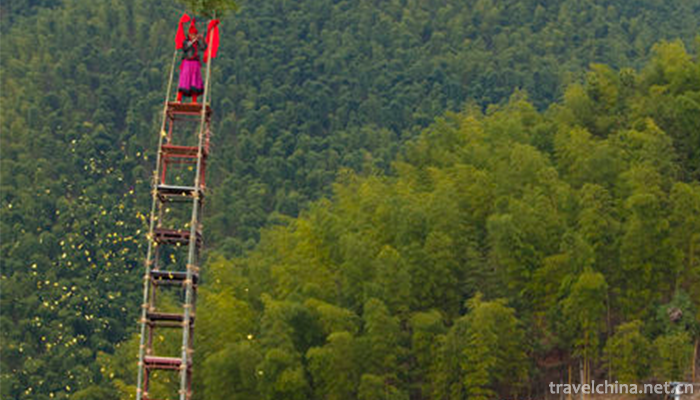
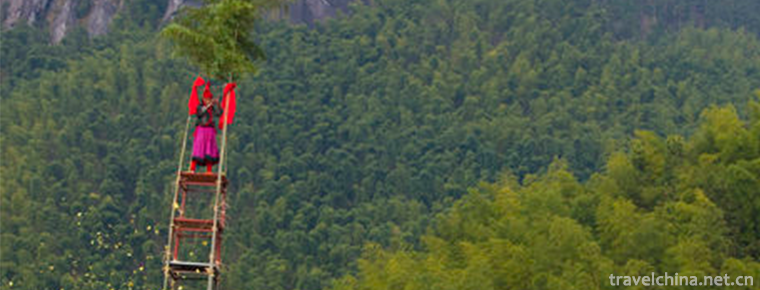
Turn over to the nine floor
-
Kashgar Ancient City
The ancient city of Kashgar, a national AAAAA tourist attraction, covers an area of 20 square kilometers. The capital of Shule was renamed Panzhi City, the predecessor of Shule City in the Western Han
Views: 136 Time 2018-12-12 -
two dragons mountain Erlongshan
Erlongshan is the first national AAAA class tourist area, known as "Harbin East Garden", located 50 km east of Harbin, 127 degrees east longitude 27 minutes 41 seconds, 45 degrees north lati
Views: 190 Time 2018-12-22 -
Leifeng Memorial Hall in Fushun
The Leifeng Memorial Hall in Fushun City is located at No. 61, East Section of Peace Road, Wanghua District, Fushun City, Liaoning Province. It covers an area of 99900 square meters, near the army sta
Views: 204 Time 2019-01-12 -
Guanyin Mountain National Forest Park Guangdong
Guanyinshan National Forest Park in Guangdong Province is the first National Forest Park in Dongguan City approved by the State Forestry Administration. It is located in Zhangmu Town, Dongguan City
Views: 127 Time 2019-01-13 -
Baota Mountain Scenic Area Yan an
The pagoda was built in the Tang Dynasty. It is 44 meters high and has nine floors. It can be seen from the top of the pagoda. It is a symbol of Yan'an, a historic city, a sacred revolutionary site
Views: 227 Time 2019-03-01 -
Badang dance
Badang Dance is a kind of ancient folk dance, which originated from the ancient Qiang people's "Temple Festival" in Dingxi Minxian, southeastern Gansu Province. It is also a sacrificial ritu
Views: 210 Time 2019-04-02 -
Iron flower
Tiehua is a kind of fireworks which spread in the folk traditions of Henan and Jin Dynasties. It has a long history which can be traced back to the Spring and Autumn Period and the Warring States Peri
Views: 234 Time 2019-04-23 -
Fengyang flower drum
Fengyang flower drum is also known as "flower drum", "beating flower drum", "flower drum gong", "double drum" and so on. Fengyang flower drum originated in Linh
Views: 370 Time 2019-04-29 -
Hui Nationality Medicine
Hui medicine is the product of the combination of Chinese traditional medicine and Arab-Islamic medicine. Arabs began to develop science and culture when other European countries had not yet separated
Views: 329 Time 2019-05-04 -
a kind of local opera popular in Shandong Province
Liuqiang, a local traditional drama in Jimo City, Shandong Province, is one of the national intangible cultural heritage.
Views: 263 Time 2019-05-14 -
The Legend of Shun
Shun was born in Zhufeng Village, Yongji County. His surname is Yao and his name is Chonghua because of his double pupils. Soon after his mother gave birth, he died. His father married a stepmother an
Views: 143 Time 2019-06-16 -
Chaohu University
Chaohu College (Chaohu University), located in Chaohu, Hefei, Anhui, Chaohu half soup hot spring health resort, is a Anhui provincial full-time undergraduate institutions, local application oriented i
Views: 198 Time 2019-11-08
